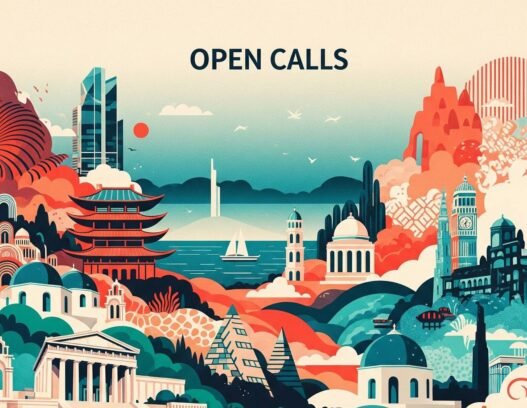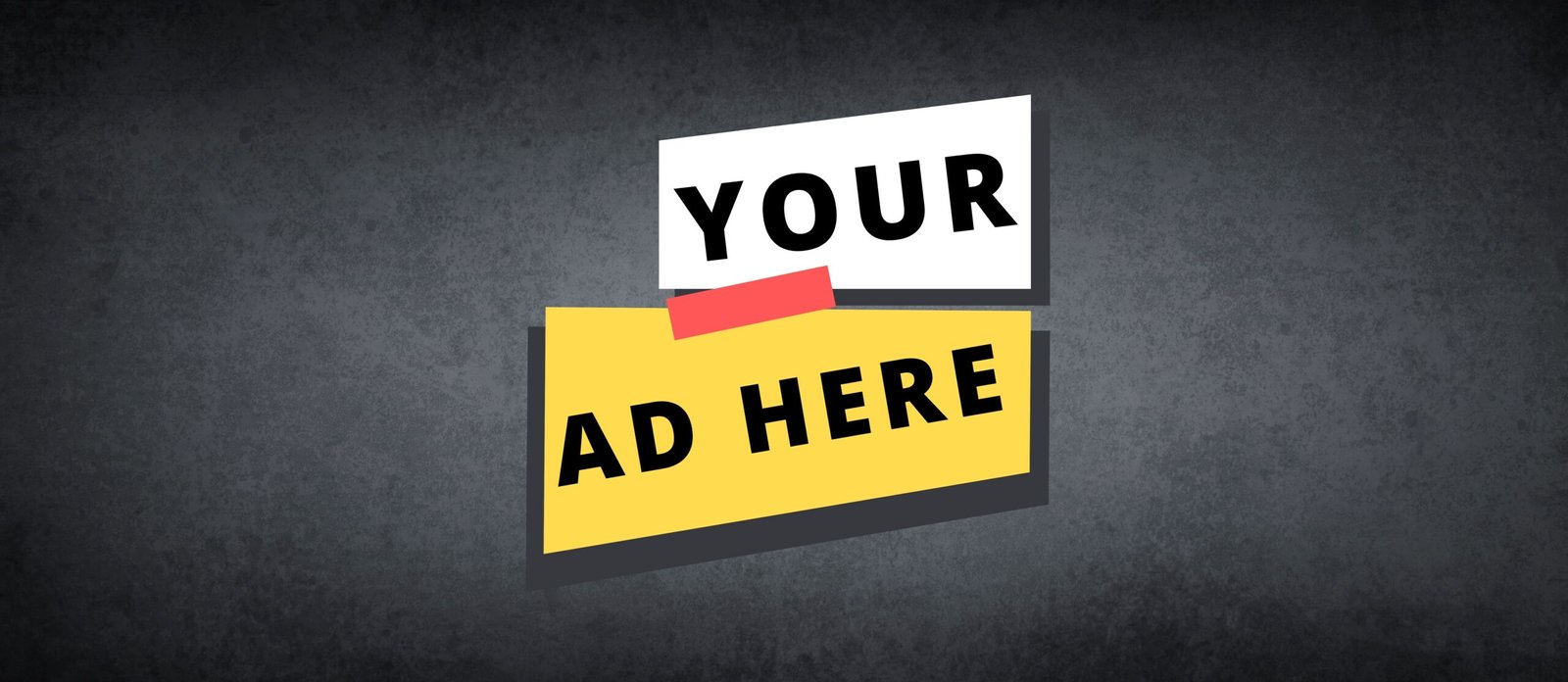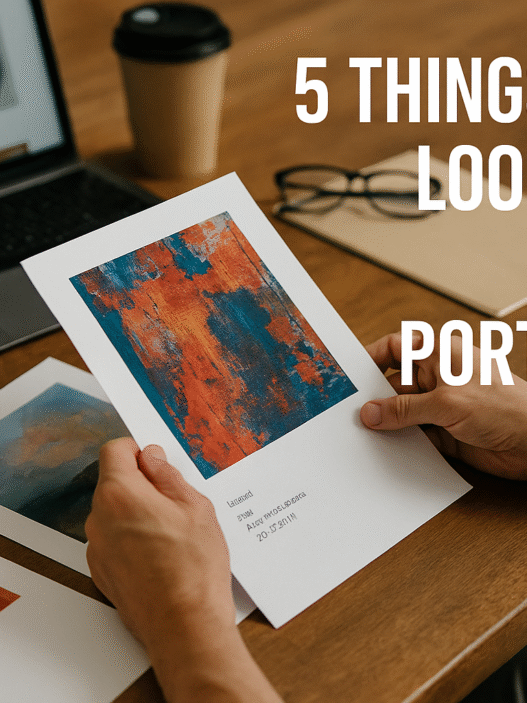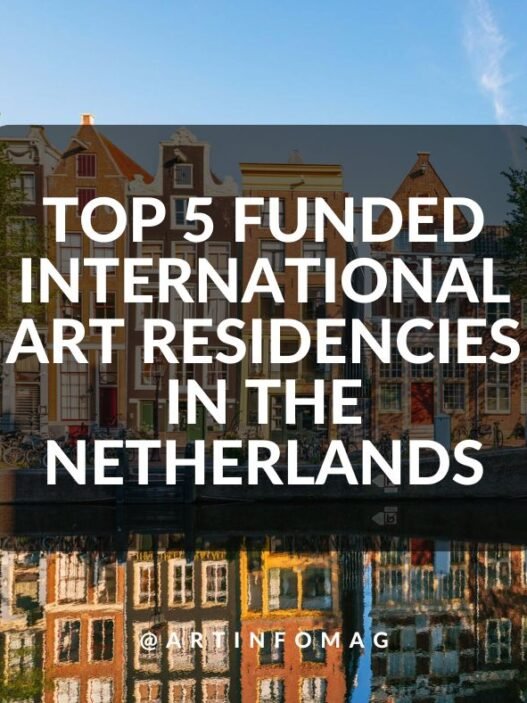The global art scene is buzzing with opportunities, and international open calls are a gateway for artists to showcase their work worldwide. These calls-ranging from exhibitions and residencies to grants-offer exposure, funding, and networking, with online art sales hitting $12 billion this year. At Artinfoland Magazine, we’ve crafted a step-by-step guide to help artists from any corner of the globe successfully apply to international open calls in 2025.
Why International Open Calls Matter in 2025
International open calls democratize the art world, allowing artists from diverse backgrounds to compete on a global stage. With digital platforms connecting creators across continents, these opportunities align with 2025’s emphasis on inclusivity and innovation. Whether you’re in Europe, Asia, Africa, or the Americas, a successful application can lead to residencies, exhibitions, or funding to elevate your career.
Step 1: Research and Identify Relevant Calls
Start by exploring platforms like ResArtis, or Artinfoland.com, which list hundreds of international open calls. Filter by your medium (e.g., painting, digital art), location (e.g., online or onsite in France), and deadline. In 2025, look for calls tied to themes like sustainability or cultural exchange, such as those linked to the Venice Biennale or regional art fairs.
- Tip: Set Google Alerts for “international art open calls 2025” to stay updated as new opportunities arise.
Step 2: Read Guidelines Thoroughly
Each open call has unique requirements-some ask for 10 images, others for video submissions or project proposals. Check eligibility (e.g., open to all nationalities or specific regions), fees (typically $10-$50), and deadlines (many close by late 2024 for early 2025 events). Missteps here can disqualify your application, so review multiple times.
- Tip: Save a checklist of requirements to ensure compliance, especially for calls with multiple stages.
Step 3: Prepare a Strong Portfolio
Curate a digital portfolio showcasing your best work, tailored to the call’s theme. Include 5-15 high-resolution images (300 DPI, JPEG format) or video links (e.g., Vimeo), with captions detailing title, medium, dimensions, and year. For project-based calls, submit a 300-500 word proposal outlining your concept and execution plan.
- Tip: Use Adobe Portfolio or a personal website to present a polished, accessible collection, updating it regularly.
Step 4: Craft a Compelling Artist Statement
Write a concise (200-300 words) artist statement that reflects your practice and aligns with the call’s focus. Highlight your cultural context or unique perspective-e.g., how your work addresses 2025’s climate concerns-to stand out. Avoid jargon and ensure it’s engaging for international jurors who may not share your background.
- Tip: Ask a peer or mentor to review your statement for clarity and impact.
Step 5: Gather Supporting Documents
Prepare a CV (2-3 pages) listing exhibitions, education, and awards, and a cover letter (if required) introducing yourself and your intent. Some calls may need references or proof of past projects-keep these ready in PDF format. For digital submissions, test file sizes (under 10MB per file) to avoid upload issues.
- Tip: Create a template CV and update it with recent achievements to save time.
Step 6: Submit with Precision
Follow the submission process exactly-online portals, email, or postal services-as outlined. Pay fees via secure methods (e.g., PayPal) and double-check deadlines, as late entries are typically rejected. Keep confirmation emails or receipts as proof of submission.
- Tip: Submit a day early to account for technical glitches, a common issue in 2025’s high-volume call seasons.
Step 7: Follow Up and Prepare for Outcomes
After submitting, monitor your email for updates or requests for additional materials. If selected, prepare for the next steps (e.g., travel or exhibition setup). If not, seek feedback where available and refine your approach for future calls, using 2025’s digital tools like Zoom for juror critiques.
- Tip: Build a calendar of upcoming calls to maintain momentum throughout the year.
Challenges to Anticipate
- Competition: With global participation, standing out requires a unique voice-focus on what sets you apart.
- Costs: Entry fees and travel (if onsite) can add up; seek grants or crowdfunding to offset expenses.
- Time: Preparing applications takes weeks-plan ahead, especially with 2025’s packed schedule of biennials and fairs.
Why This Approach Works in 2025
In a year marked by digital growth and cultural exchange, mastering international open calls opens doors to residencies like A.I.R. Vallauris or exhibitions at global events. A strategic application process ensures your work reaches juries in the U.S., Europe, or beyond, aligning with the art world’s interconnected nature.
Get Started Today
Begin by exploring current calls on Artinfoland’s resources page, preparing your portfolio, and setting a submission schedule. At Artinfoland, we’re here to guide you-visit our site for a full list of 2025 open calls and expert tips to turn your application into a success!



















